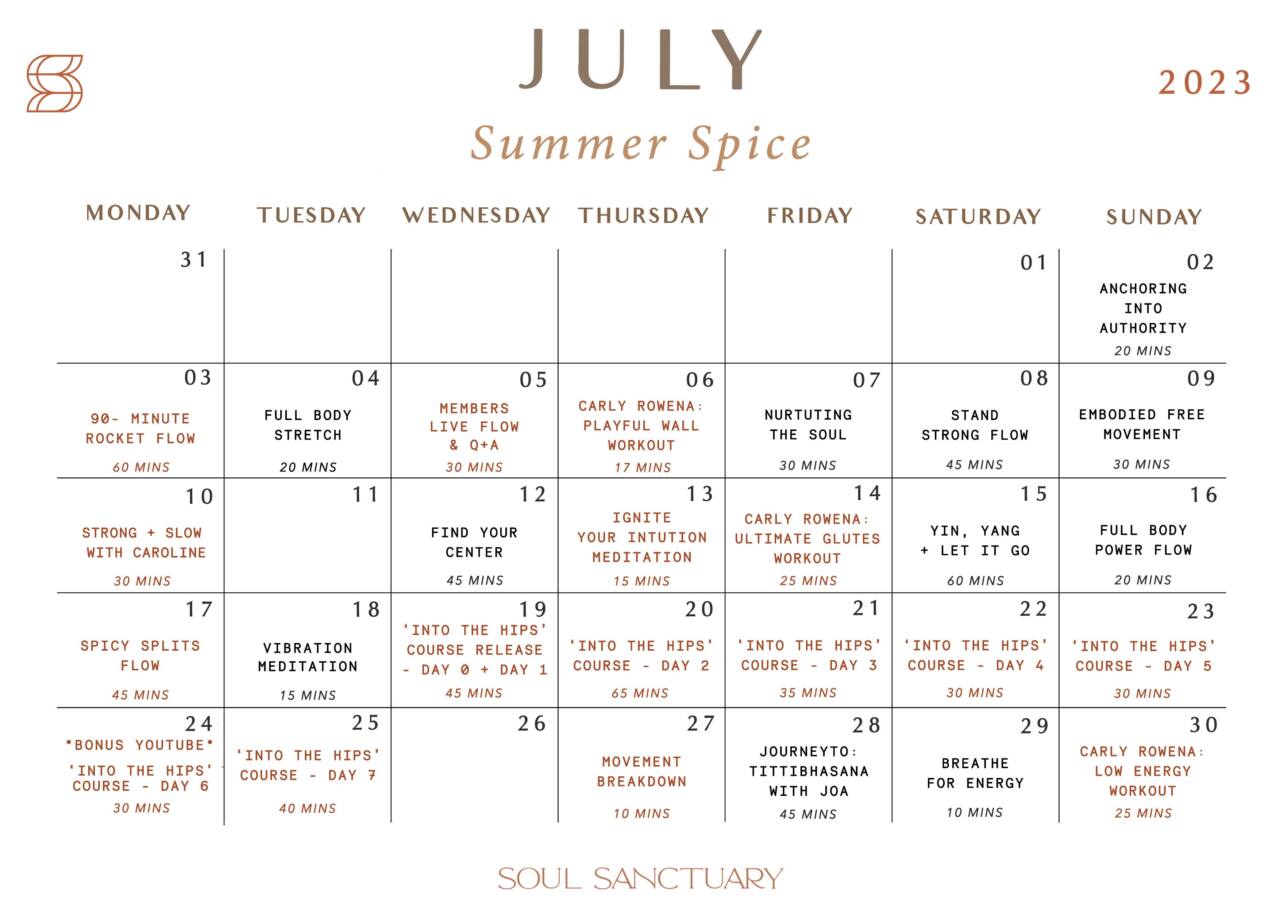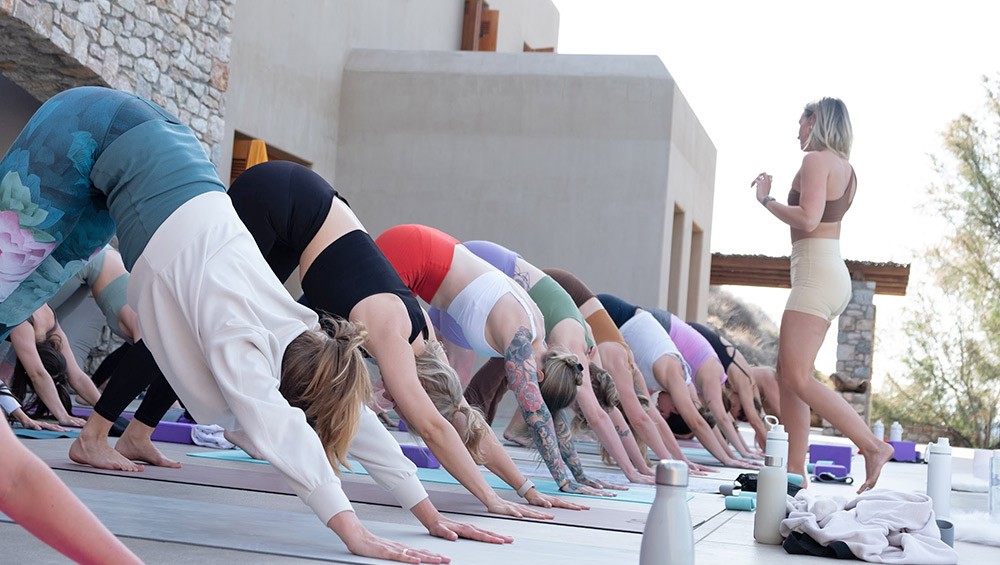
This month on the Soul Sanctuary we are spicing things up on the mat with a focus on celebrating the evolution of yoga and the modern styles that are now available to us.
Yoga, a holistic practice that has stood the test of time, has evolved and transformed over thousands of years. From its origins in ancient India, to the range of diverse styles practiced today, yoga continues to captivate people around the world. As we touched on in May’s ‘Flow With Philosophy’, modern yoga emerged from the four main styles of ancient yoga (read back HERE for more details on each style) -
✨ Bhakti Yoga - the path of devotion and love.
✨ Karma Yoga - the path of selfless service and action.
✨ Raja Yoga - the path of meditation and spiritual liberation.
✨ Jnana Yoga - the path of knowledge and wisdom.
Modern yoga has since seen the emergence of numerous styles that cater to diverse preferences and needs. Keep reading to understand details of other modern styles of yoga practiced in studios today:
HATHA YOGA:
Hatha Yoga, the mothership of new age yoga, encompasses a variety of physical practices that focus on balancing opposing forces, like strength and flexibility, through asanas (postures) and pranayama (breath control). Hatha Yoga classes offer a harmonious blend of physical postures and relaxation techniques, providing practitioners with a balanced experience. It serves as the foundation for many modern yoga styles, showcasing its enduring influence in the ever-evolving world of yoga.
ASHTANGA YOGA
Initially, T. Krishnamacharya developed Ashtanga yoga specifically for his youthful and energetic students, including K. Pattabhi Jois, during the early 20th century. Ashtanga yoga is a highly dynamic and athletic form of hatha yoga, comprising six series or levels that follow a predetermined sequence of postures.
Typically, practitioners commence their Ashtanga practice by performing five rounds of Sun Salutation A and Sun Salutation B. They then proceed to a series of standing poses and then seated poses. Once proficiency is attained in the primary series, practitioners may progress to the advanced series (advanced A, B, C, and D). The practice places emphasis on energy and breath control. Jois refined and popularised his updated style, focusing on creating an invigorating and demanding flow between postures and promoting purification of the body and tranquility of the mind. Ashtanga yoga has served as the foundation for various styles of hot yoga, vinyasa, and power yoga.
IYENGAR YOGA:
Iyengar Yoga was developed by B.K.S. Iyengar, one of the world's most influential yoga masters. He trained with his guru, Tirumalai Krishnamacharya, who was also the teacher of other notable yogis such as Pattabhi Jois and Indra Devi. While Iyengar Yoga emerged from the same lineage as these renowned practitioners, B.K.S. Iyengar took a different path, which eventually led to the creation of his own distinctive style. He played a crucial role in commercialising and bringing Iyengar Yoga to the West and through his teaching and numerous publications, he introduced the Western world to the profound benefits and transformative potential of this style.
Although rooted in hatha yoga, Iyengar has a much more thorough approach to the poses with its sole focus on precision and alignment in postures. It uses props such as blocks, straps and bolsters to support practitioners in attaining optimal alignment. Iyengar Yoga is known for its attention to detail and its therapeutic applications and has a demanding training system where teachers train for at least six years and complete regular professional development.
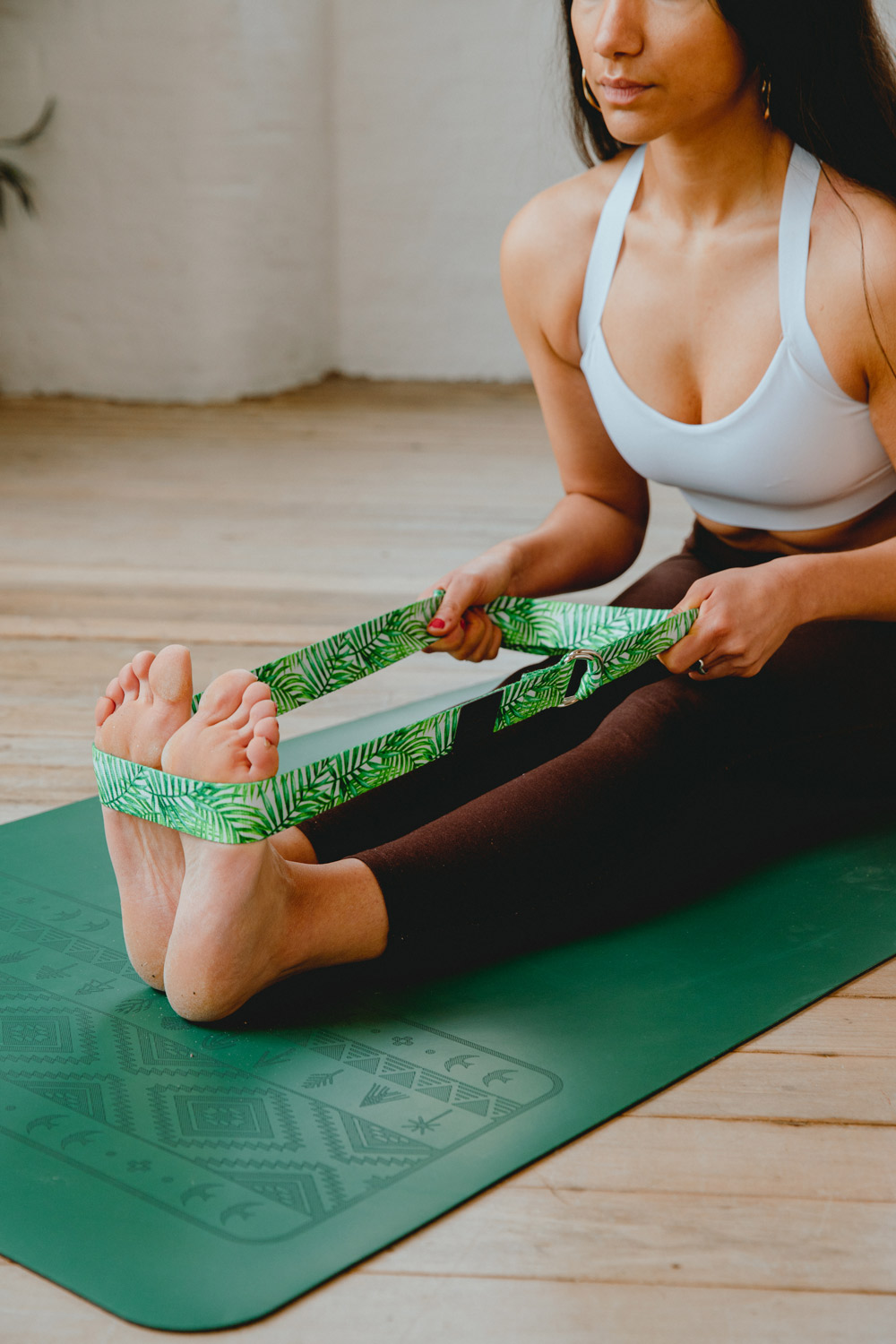
KUNDALINI YOGA
Kundalini Yoga is a blend of Bhakti Yoga (the yogic practice of devotion and chanting), Raja Yoga, (the practice of meditation/mental and physical control) and Shakti yoga, (the expression of power and energy). It focuses on awakening the dormant energy, (kundalini), within the body. In Sanskrit, kundalini means ‘coiled snake’. In early Eastern religion, it was believed that divine energy was created at the bases of the spine. It’s energy we are born with and Kundalini works to ‘uncoil the snake’ and connect us to this divine energy within. It incorporates dynamic movements, breathwork, chanting, and meditation to activate and balance the energy centers (chakras) and facilitate spiritual growth.
VINYASA YOGA:
Vinyasa Yoga is a creative form of yoga where poses are linked together with the breath in a flowing sequence between postures. Its emphasis is on smooth transitions, creative sequencing and usually providing a dynamic and energetic practice. Vinyasa Yoga often appeals to those seeking a more active and physically engaging yoga experience.
Additional modern styles of Vinyasa yoga include:
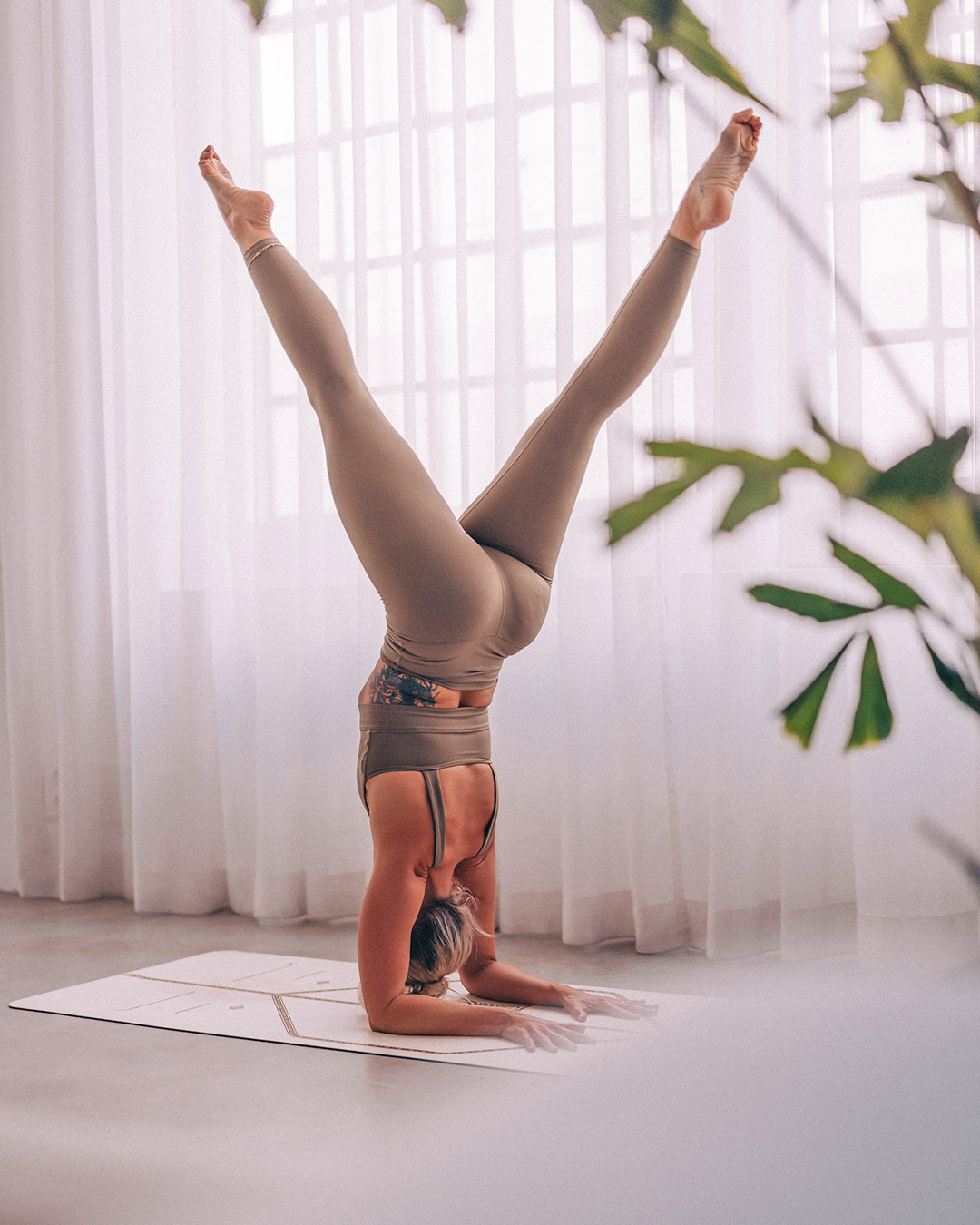
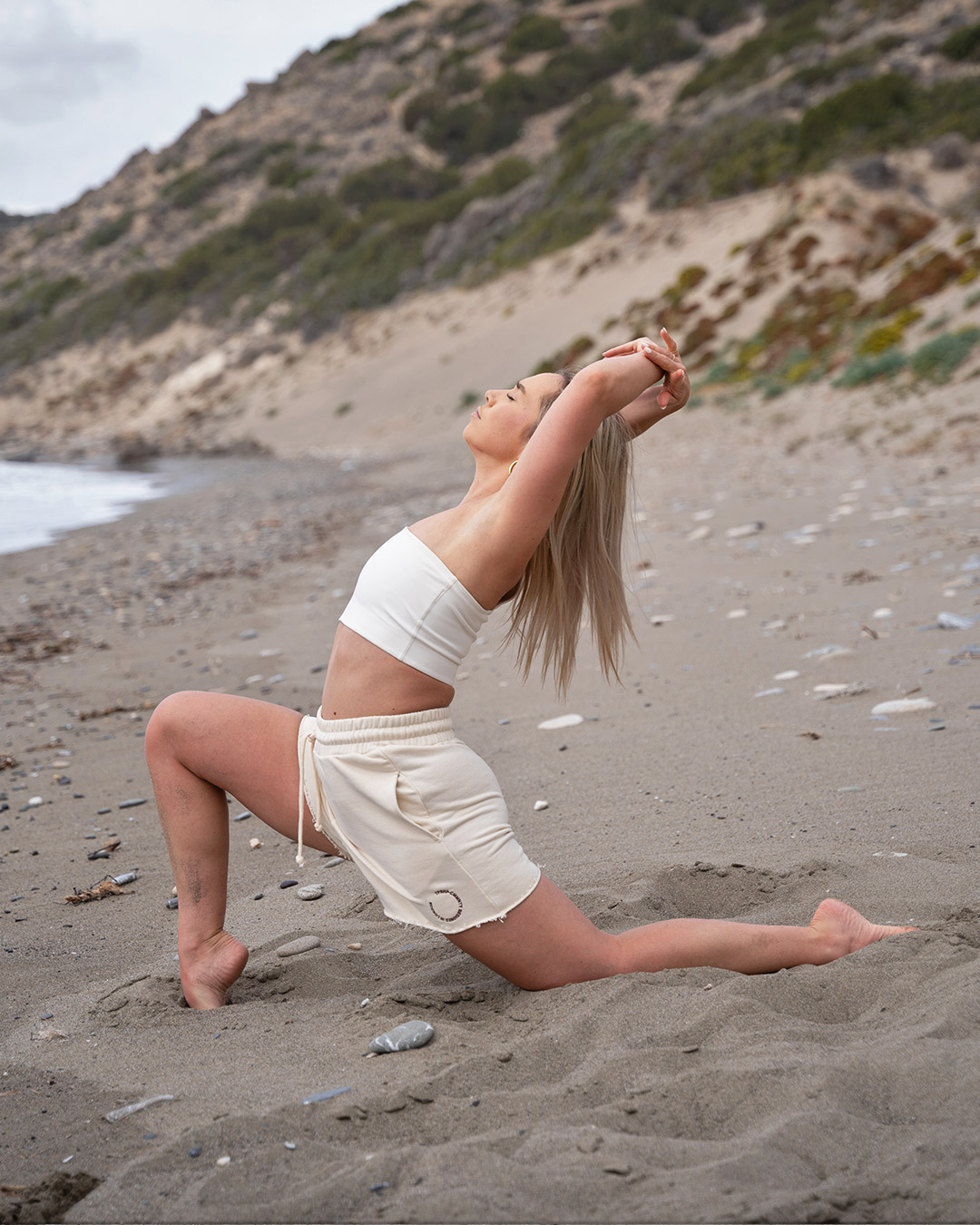
Rocket Yoga:
Rocket Yoga is a modification of the traditional Ashtanga Yoga and was put together by a man called Larry Schultz, who studied Ashtanga Yoga under the founder of Ashtanga Yoga, Sri K. Pattabhi Joi. Rocket Yoga is fast-paced and has a dynamic flow. The structure is similar to that of Ashtanga Yoga, consisting of Surya Namaskar, standing poses, seated poses, twists and bends. In Rocket Yoga, students can modify and make their interpretation of the traditional asana. If they get stuck with a pose, they can either skip it or find easier ways to practice it instead of rigidly sticking to the pattern.
Larry Schultz devised the three Rocket sequences because he felt the Ashtanga method was slightly too rigid. Rather than complete each asana on the right and left, then going back to the right and left for each asana that came next, Larry chose to do longer sequences on one side before switching to the other. These sequences were split up with lots of inversion opportunities, along with core work and handstands being added to the seated series.
Power Yoga:
Power yoga is a fast-paced cardiovascular workout focused on building strength and flexibility in the body through high-impact yoga postures. The definition of power yoga varies depending on where you practice, but there are some core characteristics that most power yoga classes have in common - strength building, aerobic workout and a blend of vinyasa and ashtanga yoga. This doesn’t mean to say that power yoga can’t also have a spiritual and philosophy focused side to it, there are many power yoga teachers that weave these important parts of yoga into their classes.
Embodied Flow:
An embodied yoga practice connects the mind with the body to help build self-awareness through slightly less-structured and free flowing sequencing. It helps you experience yourself in the moment by strengthening your connection with yourself, making you more attuned, gently allowing you to feel, experience and trust in what your body is telling you and calling for. Embodied flow is all about giving agency and authority to the practitioner, giving them permission to use intuition to guide their flow.
Mandala Yoga:
Mandala Yoga is a creative and expressive style that combines movement, breathwork and meditation in a circular flow 360 degrees around the mat. It encourages practitioners to explore their bodies and minds through intentional transitions. In some methods of Mandala yoga the teacher will use the Mayan calendar to formulate a practice, depending on the elemental energy of the day. Just like vinyasa flows, Mandala practices can be themed around the elements, the chakras, a certain body part or a particular asana. Read more about Mandala Yoga in a previous blog HERE.
Jivamukti Yoga:
Jivamukti Yoga combines physical postures, chanting, meditation and ethical teachings. It aims to create a holistic practice that integrates spiritual, ethical and physical dimensions. Jivamukti Yoga often incorporates themes and teachings from ancient scriptures and promotes ethical living.
YIN YOGA:
Yin yoga uses long asana holds (3 to 15 minutes), and a deep awareness of gentle breathing to target the deep connective tissues of the body - the ligaments, joints, bones and the deep fascia network. Yin yoga incorporates predominantly floor-based shapes that activate the full body. When we hold these asanas for longer periods of time, it helps to stretch and lengthen that rarely-used deep tissue, whilst also teaching you how to breathe through discomfort and sit with your thoughts. Props can be used to help assist in lengthening in the lingering pose. Though the initial foundations of Yin yoga were focused on the physical side of the practice, there is a lot of research now around passive stretching and how it is actually more beneficial for most of us to be stretching actively. This isn’t to say that passive stretching is a negative, instead to suggest that we have both as part of our practices. At the Soul Sanctuary we teach Yin Yoga from a restorative and energy-activating standpoint. This means that our focus is more based around the feelings that are cultivated within the practitioner when in these long holds and how we can utilise this method of yoga for catharsis, relaxation and a deeper awareness of the self.
RESTORATIVE YOGA:
Restorative yoga is similar to yin in terms of holding yoga poses for long periods of time, though restorative yoga has a stronger focus on deep relaxation that emphasises the meditative aspect of yoga - the connection between breath, body and mind. Poses throughout a restorative practice are supported heavily by props, bolsters and blankets to allow the body and mind to enter a state of deep relaxation.
PRE + POSTNATAL YOGA:
Prenatal and postnatal yoga is a bespoke form of yoga designed to support expectant and new mothers during the transformative phases of pregnancy and early motherhood. They offer a holistic approach to nurturing the well-being of mothers promoting a sense of empowerment, self-care and resilience during this incredible journey of creating and caring for new life.
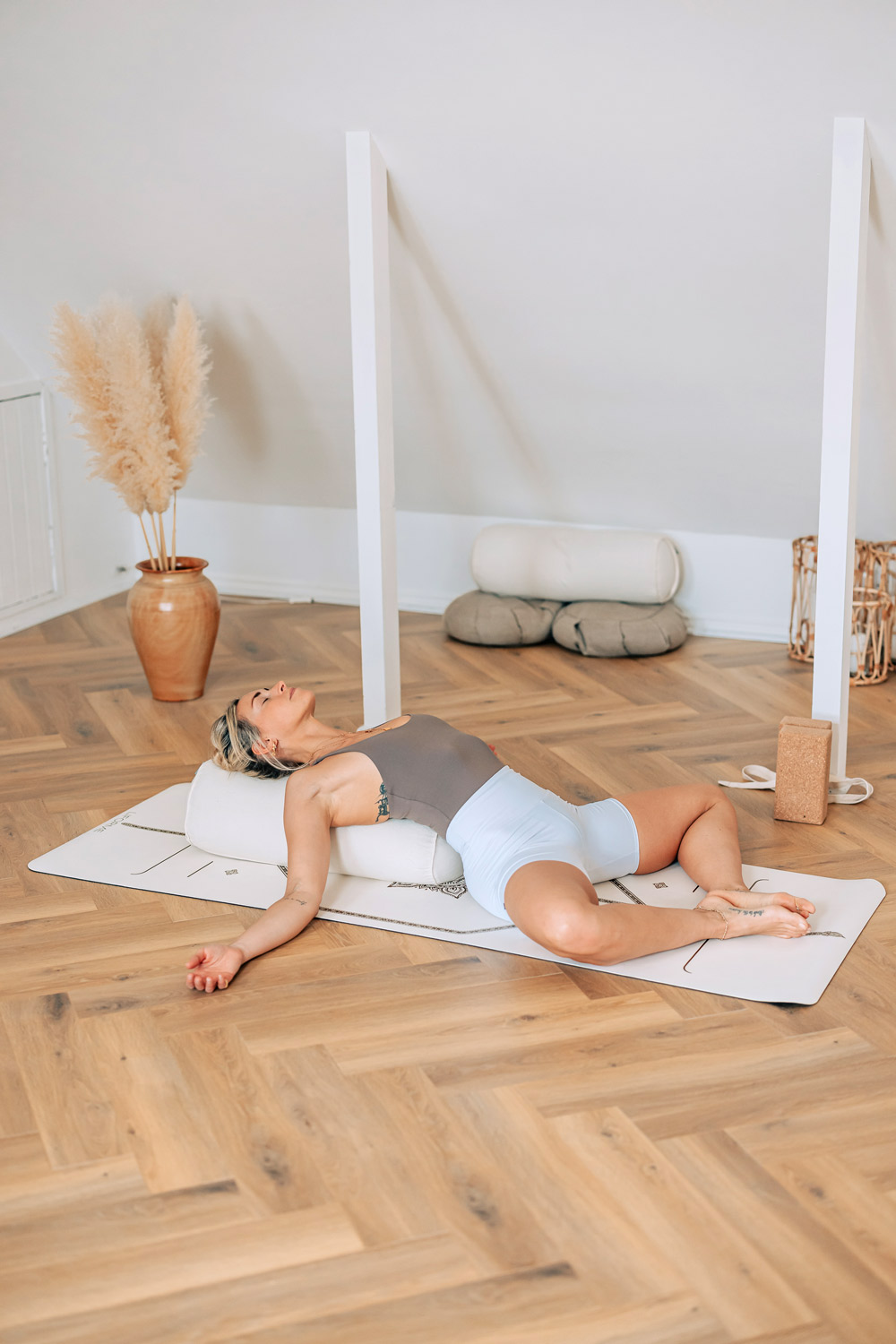
Prenatal yoga focuses on gentle stretching, strengthening, and relaxation techniques tailored to the specific needs of pregnant women. It helps alleviate discomfort, improve flexibility, and cultivate a deeper connection with the baby.
Postnatal yoga is aimed at aiding postpartum recovery and helping mothers regain strength, flexibility, and balance. It includes gentle movements, core exercises, and relaxation techniques to support physical healing, promote emotional well-being and provides a nurturing space for mothers to reconnect with their bodies and find solace amidst the joys and challenges of motherhood.
The evolution of yoga has led to a rich tapestry of styles, each with its own unique emphasis and approach. From the ancient roots of Karma Yoga, Bhakti Yoga, Rāja Yoga, and Jñāna Yoga to the myriad modern styles like the many forms of Vinyasa, Ashtanga, Hatha, Iyengar, Kundalini, Yin and Restorative yoga, practitioners have the opportunity to choose a path that resonates with their individual preferences and aspirations. There are more and more styles of yoga being created in modern day, though regardless of the style, yoga continues to offer a transformative journey of self-discovery, physical well-being and spiritual growth.
*****
This month on the Soul Sanctuary is all about spicing things up on your mat.
In our first week, we kick off with a fiery 90-minute Rocket Flow led by our founder Cat Meffan. This rocket flow will have you breathing into the body whilst working with fluidity, strength, balance and flexibility. Remember to work to your edge, taking pauses where you need to.
We are also so excited to be launching our dear friend Carly Rowena's mini collection of workout videos. We kick off with an energising “Playful Wall Workout” designed to target your core muscles and activate the fire within your manipura chakra. This dynamic video combines fun strength-building exercises using the wall to sculpt and strengthen your body.
In the second week, we have a slow, strong, spicy flow from our guest teacher Caroline. This flow will focus on moving with the breath as you move with a slower conscious intention, building spicy sensations in the body through longer powerful holds. Caroline also weaves in the practice of tapas (fiery discipline, passion) emphasing how there is so much strength in stillness and slowness.
We also have an exciting 15 minute meditation focused to ignite your intuition. This meditation encourages you to trust your instincts, quiet the noise of the mind and embrace the whispers of your intuition, leading you towards better clarity, guidance and self-discovery.
Make some time this week for Carly’s second workout video “The Ultimate Glutes”. The perfect mini workout to activate, engage and fire up the glutes, enhancing strength, stability and alignment.
In our third week, we have a delicious 45-minute practice focusing on the hip space and moving towards hanumanasana (splits). We can find a lot of resistance and emotions in the hips. This practice will work on opening the hip space in order to move deeper into the pose. Remember to take your time and be sure to keep breathing.
This week we also have the release of another brand new 7-Day Course on the membership titled 'INTO THE HIPS'. This course will dive deep into mobility, flexibility, opening and strength based practices to create more space and freedom energetically, physically and emotionally in the hip space (more details to follow this month).
The beginning of our final week will see you completing your 7-Day 'Into The Hips' Course. Hopefully you will come away feeling more physical comfort, emotional release, energy flow, mobility and greater sense of connection to self and your lower chakras.
After all the work in the hips, we end the week with our Movement Breakdown - Bhujapidasana and Tittibhasana. Off the back of this movement breakdown, we recommend making time for Joa’s Journey To: Tittibhasana workshop on the membership.
Be sure to make some time this week for Carly’s final workout video in the collection “Low Energy Workout”. This workout has been designed with conscious movements in mind, prioritising exercises for the upper body with the aim to rejuvenate and recharge you on those lower energy days.
As always, we have our suggested Soul Sanctuary Flow from the back catalogue (in black) which aligns with this month’s theme, mapped out below in our printable calendar. You can find these additional practices in the calendar function on our beautiful app or search for them on the membership on the website via desktop.
And don’t forget - you can flow along with our monthly PLAYLIST HERE.
